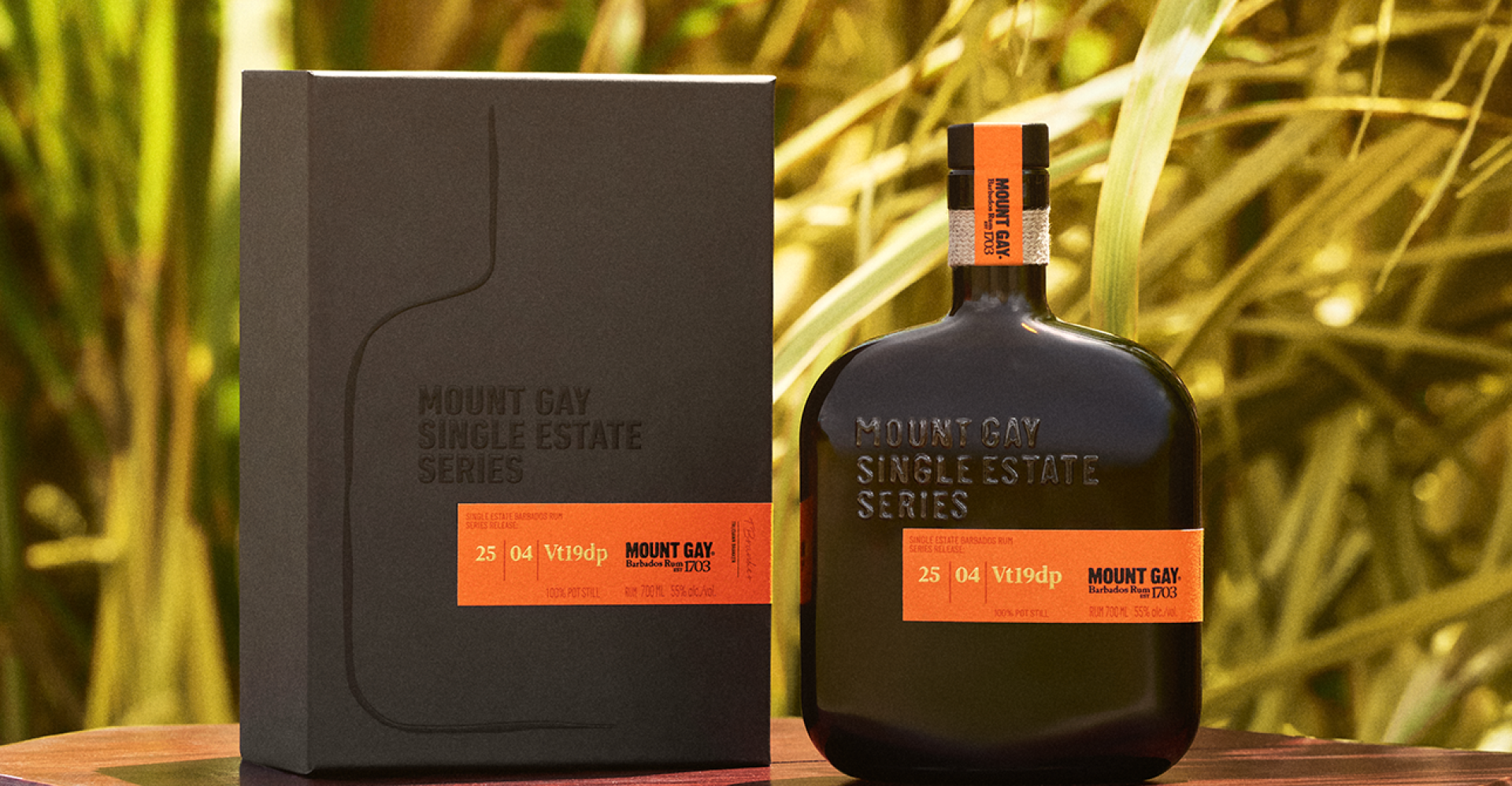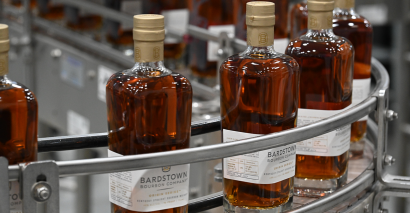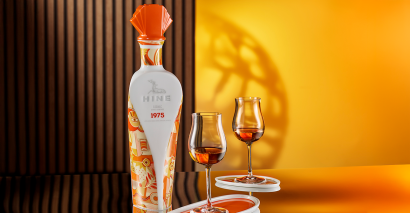
Mount Gay's Latest Single Estate Rum Has a Vintage Twist
In addition to using cane grown entirely on the Mount Gay property, this one also comes from the same harvest
November 6, 2025 –––––– Danny Brandon
As drinkers become increasingly interested in terroir, some distillers have crafted “single-estate” spirits—products distilled from raw materials grown on only one farm or estate. The concept has generated considerable buzz in the whisky space, with notable farm distillers such as Frey Ranch, Lochlea, Hillrock, Minden Mill, Kilchoman, Bruichladdich, and others all adopting it. A few rum producers are also in the picture, including Mount Gay on Barbados, Flor De Cana in Nicaragua, Renegade Rum in Granada (founded by Mark Reynier, formerly of Bruichladdich and Waterford), and Appleton Estate of Jamaica. Mount Gay’s latest iteration in this space is an aged rum with the curious name of Single Estate 25_04_Vt19dp.
Maximum Traceability
In addition to being a single estate rum, batch 25_04_Vt19dp is distilled from a single year’s sugar cane harvest. Specifically, it taps four cultivars of sugar cane that were grown on Mount Gay’s estate for 18-24 months and harvested in 2019 (hence the “vt19” in the batch code). After harvesting, the cane was refined into molasses using a traditional pot boiling method, and fermented for nine days instead of the typical four. After double distillation in pot stills (signaled by the “dp” in the batch code), the rum was aged in bourbon barrels for 5 years and bottled at 55% ABV. It was made without any flavoring additives, caramel coloring, or filtration.
This is the fourth rum in Mount Gay’s annual Single Estate collection, which aims to spotlight the terroir of both Barbadian rum overall and Mount Gay’s estate in particular. It debuted in 2023 with the launch of the 5 year old Batch 23_01. Unlike subsequent batches, that inaugural release was distilled from sugar cane from two separate harvests (2016 and 2017). That was followed by last year’s 24_02 batch, which was distilled from cane harvested in 2018. The third release came earlier this year—25_03, the first white rum in the lineup made from 2024 harvest sugar cane—but that expression was never brought to the U.S.
Though the Single Estate series is relatively new, master blender Trudiann Branker has been steadily working on it for the better part of a decade. The project began in earnest in 2015, just a year after she took the reins as master blender, when Mount Gay purchased the nearby Oxford Estate sugar plantation. The plan was to use the estate’s 324 acres of land to grow sugar cane on-site, for Mount Gay to maintain as much traceability as possible. The distillery initially partnered with Portvale—the largest sugar refinery in Barbados, which supplies molasses to most of the distillers on the island—to craft its molasses, but eventually Branker made the call to bring that aspect of the production process in-house too. The Single Estate expressions now use molasses refined by the distillery’s own production team, using a traditional pot-boiling method that Branker says highly concentrates the sugar content to around 72%, compared to the average 45% found in the blackstrap molasses used by many other distillers.
The releases in the series have had limited availability, but Branker has expressed a strong desire to expand the series to make it a true calling card for Mount Gay. The details of any forward plans—whether we’ll see older releases, the introduction of interesting cask types, or a return to multi-harvest blends—remain undisclosed for the time being.
What Does It Taste Like?
Mount Gay Single Estate Series Rum (Batch 25_04_Vt19dp)
ABV: 55%
SRP: $350
Availability: 2,754 bottles globally, with 312 for the U.S.
This coppery rum offers mature oak, dark chocolate, earth, cocoa powder, caramel, and a hint of spice on a fairly inviting nose. The palate is similar in profile, offering intense oak, wood spice, vanilla, chocolate-covered almonds, cigar leaf, cinnamon coffee cakes, and dark berries. It really opens up on the mid-length finish, and trades the woodiness for more cinnamon, leather, vanilla, and earth. There’s a lot of barrel influence and wood throughout—it’s to be expected considering the heat and humidity of Barbados—but it bolsters the mouthfeel and never comes across as tannic or over-oaked.




